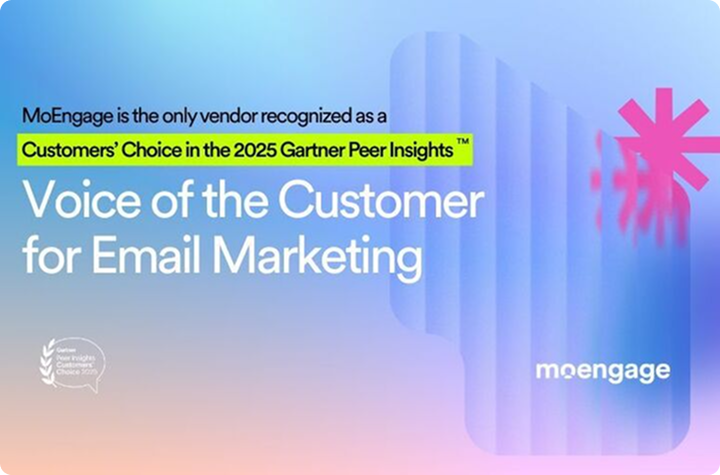Five Strategies to Increase In-App Engagement in 2022 You Need To Implement Today
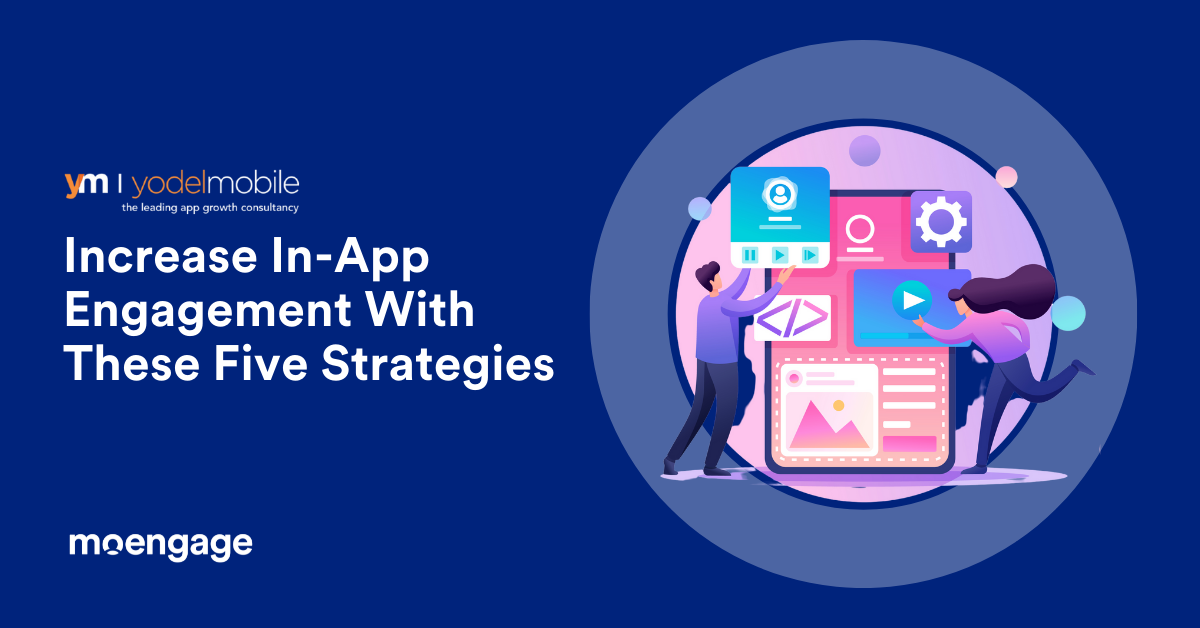
Reading Time: 5 minutes
Did you know that it can cost five times more to acquire a new customer than it does to retain an existing customer? That’s just one of the reasons why you should be doing everything in your power to engage the users you already have acquired. With hundreds of new mobile apps being launched every day, it is becoming increasingly harder to gain customer attention. However, there are five key strategies that you can implement to help increase in-app engagement levels:
1. Use empathy and humor in your messaging
After more than a year of social distancing and an array of various lockdown measures, human interaction has become more valued and needed than ever before. This includes an increased yearning for empathetic and humor-filled communication. In fact, according to The Drum, 75% of audiences welcome humor in times of crisis.
By adapting your messaging and tone of voice throughout the customer journey in push notifications and in-app messages to incorporate a tone that brings out human-to-human communication, you will significantly strengthen the relationship with your users and drive up in-app engagement.
Here is an excellent example from My Theory Test by James May, an app that helps drivers in the UK pass their driving test. The app sought to break through the old-fashioned and unengaging driving theory test apps that currently exist by incorporating the humor and wit of UK TV personality James May.
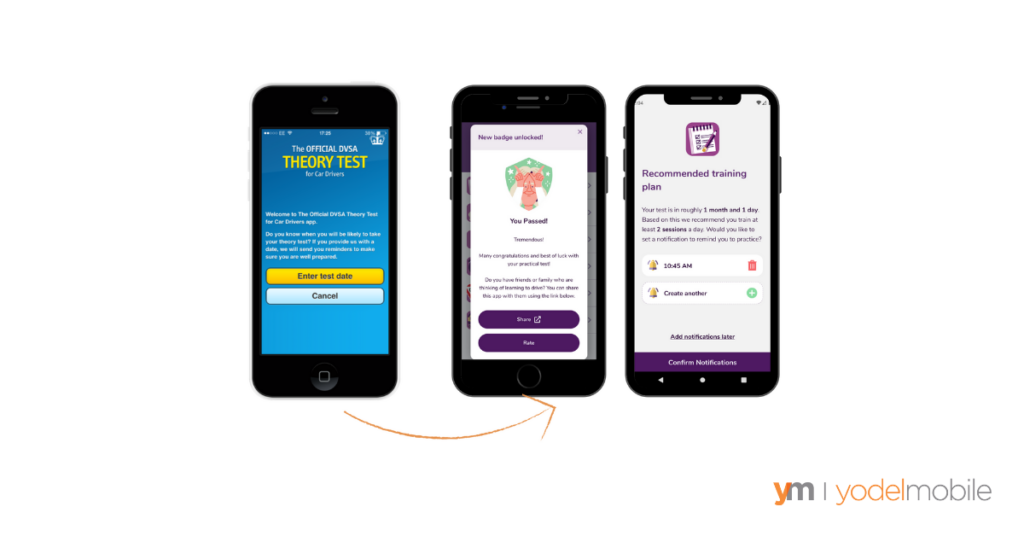
2. Get your push notifications right
Many consumer brands understand that push notifications are a good way of communicating with users and increasing in-app engagement. However, there are two essential steps to getting push notifications right:
Step 1: Improve opt-in rates
You want to provide users with an explanation as to why it would benefit them to opt in before asking them. This will increase the number of users who receive your push notifications in the first place. It is essential to send the opt-in request at the right time, for instance, at a point where the customer has had an opportunity to try what the app has to offer and has just completed an action successfully.
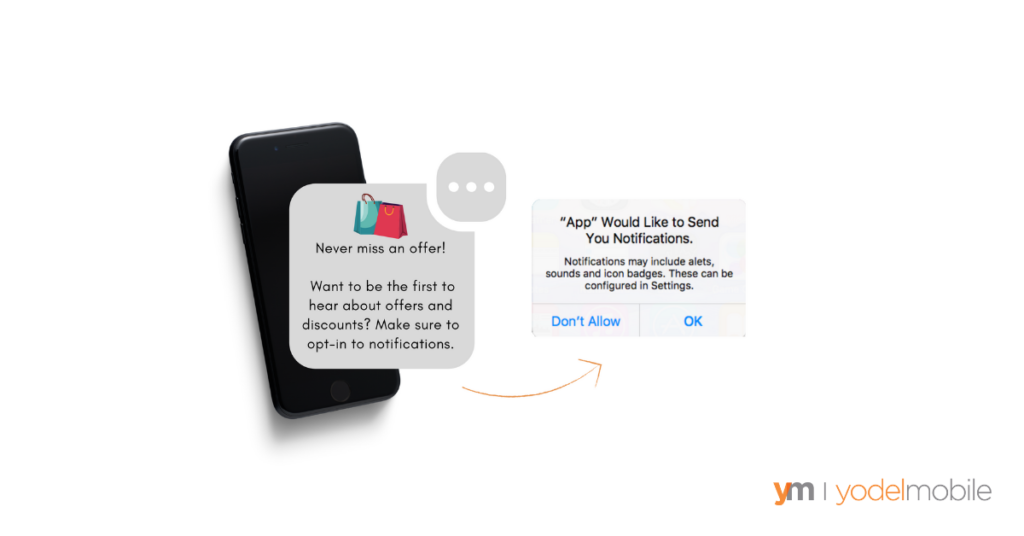
Step 2: Build the right strategy
You want to have an effective push notification strategy in place. This means targeting users at the right time and in the right way. Sending push notifications too frequently or sending messages which aren’t relevant to your users could cause your app to be deleted swiftly. Additionally, you want to make sure that you reach users at the right time to increase the open rate. Using marketing automation tools will enable you to select which time to send out push notifications. You can reach users based on their time zones or even when they are most active on their phones.
3. Gamify your app
Gamification refers to the process of using gaming techniques – such as in-app rewards, achievements, or even competitions – within your mobile app to increase in-app engagement. This could include:
- a loyalty program for a retail app
- achievements and milestones for a fitness app
- interactive learning and engaging quizzes for an education app
Gamification is a powerful tool that can dramatically improve the customer experience by making previously mundane activities fun. This can have a positive impact on engaging and retaining users. Gamification can also increase overall customer sentiment for your app and could even result in a positive increase in ratings and reviews!
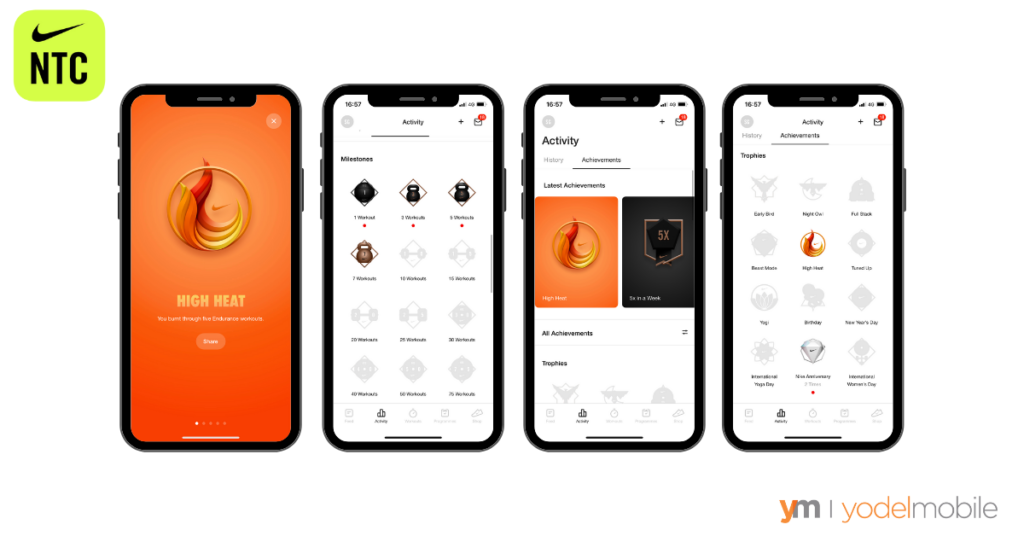
A strong example of gamification within an app is the Nike Training Club, where customers are awarded their achievements, streaks, and milestones based on in-app engagement activity. Nike rewards users for several different activities and incentivizes users to complete workouts consistently.
4. Offer personalized content
Incorporating personalized content can play a big part in keeping users invested in your app. B2C Personalization is much more than just addressing users by their first name; it relies on you understanding your users, their likes and dislikes, and even their behavior patterns to provide them with content in-app tailored to their preferences. The same way Netflix provides users with personalized movie recommendations and Hinge’s algorithm updates based on previous customer behavior and preferences, your app should aim to ensure the right content reaches the right users.
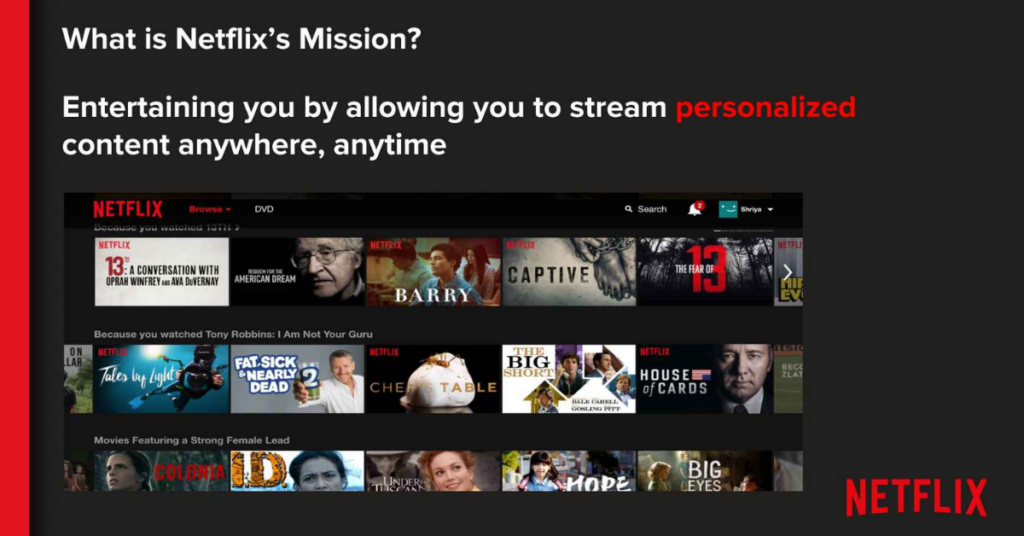
Netflix uses machine learning to understand customer preferences (e.g., whether you like to watch RomComs or you’re more of a horror movie fan) and uses a content-based algorithm that analyses content to understand what a customer may be interested in next. Over time, Netflix has also been able to identify over 2,000 clusters of consumers who have similar content preferences. Netflix stated that due to their algorithms in place, 80% of content watched comes from personalized recommendations.
5. Leverage in-app messages
Like push notifications, in-app messages can help you communicate with your users and boost in-app engagement. In-app messages appear while a customer is already in your app, so while push notifications work to drive users to open your app, in-app messages help nudge users to complete critical in-app actions – such as subscribing to content or buying an item. In-app messages can help you get content to your users without the interruption of a push notification. You can use marketing automation tools to help set up your in-app messages to deliver them at the right time in the app journey and to the right users.
By incorporating a variety of these strategies into your app marketing campaign, you will be able to rapidly boost in-app engagement – as well as customer satisfaction too! These strategies will help you draw users back into the app and keep their attention once they are there.
Here’s What You Can Read Next |


